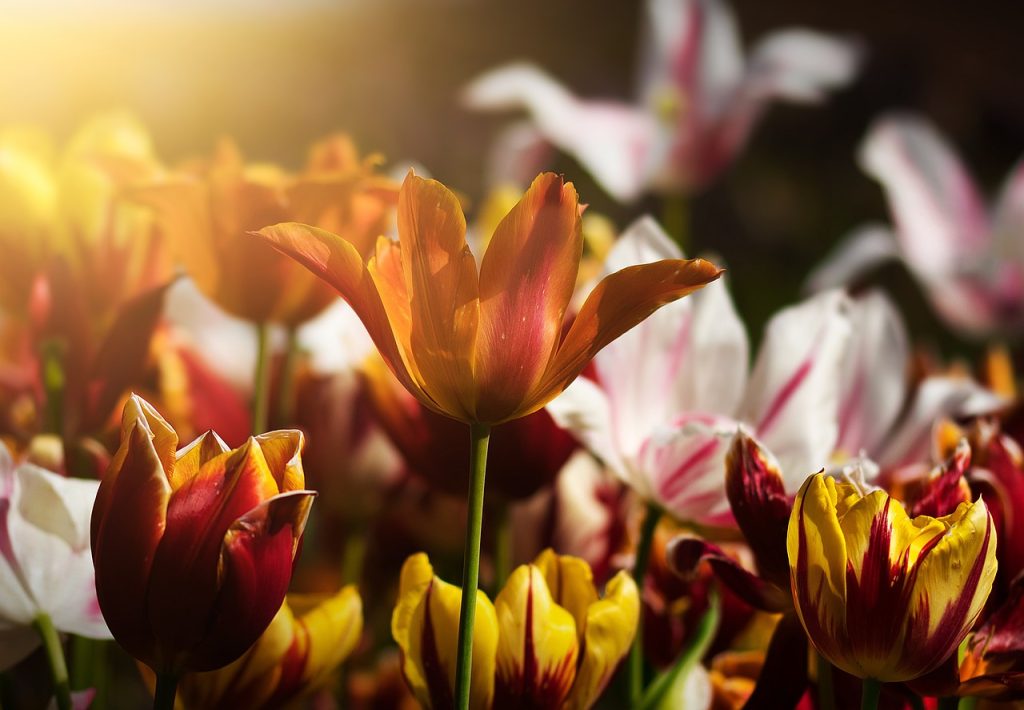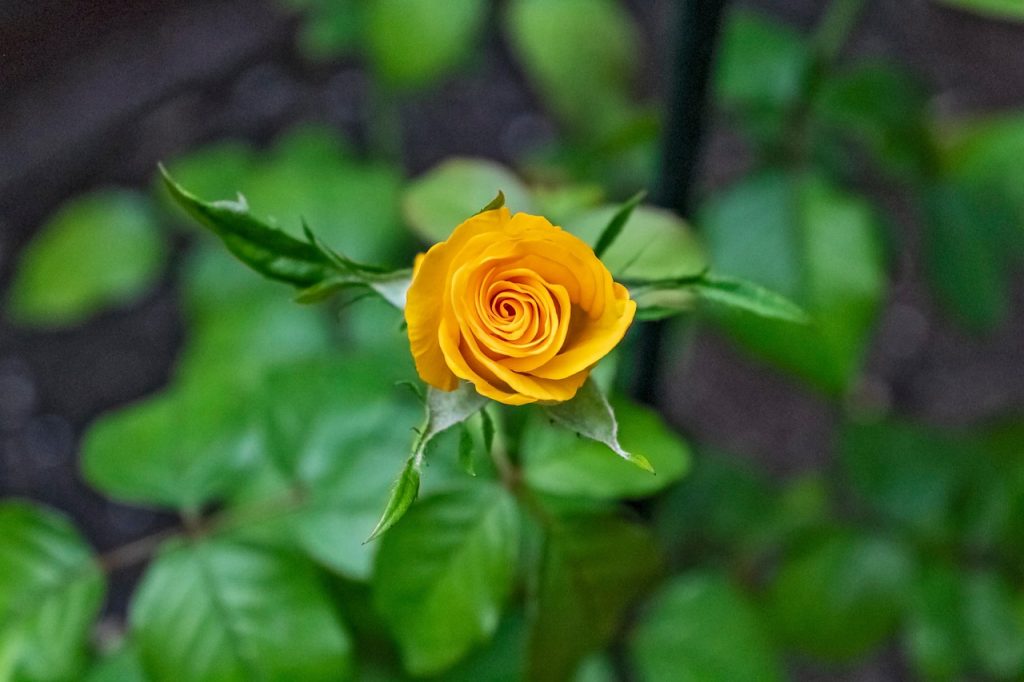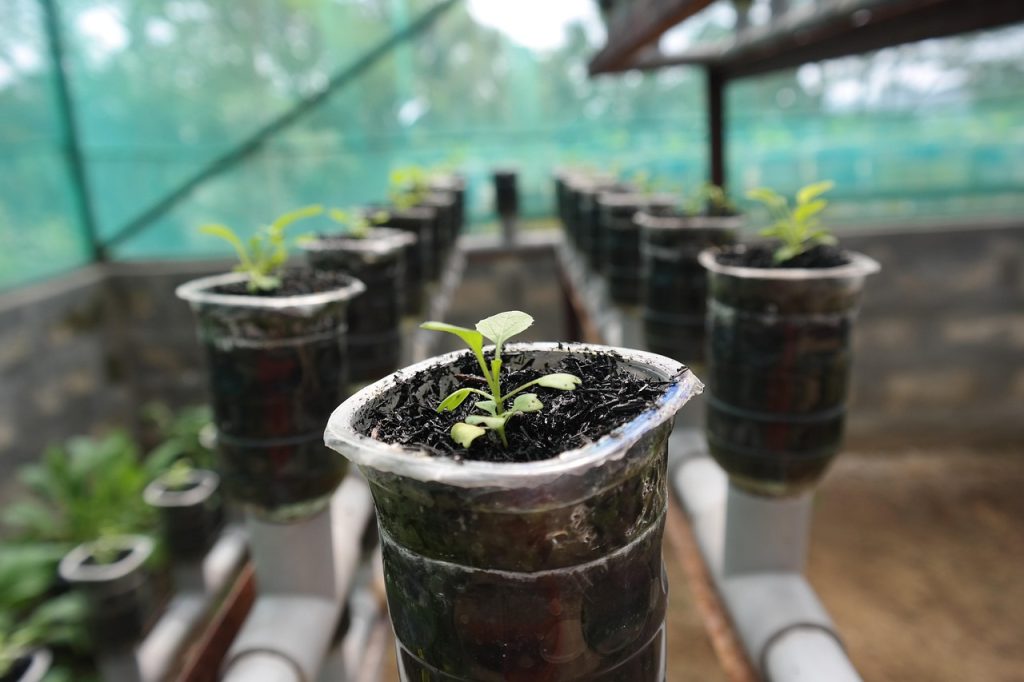Outdoor gardening is more than just a hobby; it’s an opportunity to connect with nature, enhance your property, and cultivate fresh produce right from your backyard. With the right knowledge and tools, anyone can transform a simple patch of land into a thriving garden oasis. This comprehensive guide will explore everything you need to know about outdoor gardening, from selecting the right plants to maintaining a healthy garden all year round.
Choosing the Right Plants for Your Garden
One of the first steps in creating a successful outdoor garden is selecting the appropriate plants. Your choices will depend on several factors, including climate, soil type, and personal preferences.

Understanding Your Climate Zone
Every plant thrives in specific climate conditions. The USDA Plant Hardiness Zone Map is a useful tool for determining which plants are most likely to flourish in your area. By understanding your zone, you can choose plants that are well-suited to your local climate.
Soil Considerations
Soil plays a crucial role in plant health. Conduct a soil test to determine its pH level and nutrient content. Based on the results, you can amend your soil with compost or other organic materials to create the ideal environment for your chosen plants.
Popular Plant Choices
- Perennials: These plants return year after year, providing a reliable and low-maintenance option for gardeners. Examples include hostas, daylilies, and lavender.
- Annuals: These plants complete their lifecycle in one growing season, offering vibrant colors and blooms. Common choices are marigolds, petunias, and zinnias.
- Vegetables and Herbs: Growing your own food can be rewarding. Consider tomatoes, peppers, basil, and mint for a productive garden.
Designing Your Outdoor Garden Space
Once you’ve selected your plants, it’s time to design your garden layout. A well-planned design enhances both functionality and aesthetic appeal.
Creating a Garden Layout
Start by sketching a rough layout of your garden space. Consider the size and shape of your garden, and plan for pathways, plant beds, and seating areas. Ensure that taller plants don’t overshadow shorter ones, and that you have access to all areas for maintenance.
Incorporating Garden Structures
Structures like trellises, arbors, and pergolas can add vertical interest and support climbing plants. These elements can also provide shade and define different areas within your garden.
Water Features and Lighting
Add a touch of tranquility with water features such as fountains or small ponds. Solar-powered lights or low-voltage lighting can extend your garden’s usability into the evening and highlight its beauty after dark.
Maintaining a Healthy Garden
Ongoing maintenance is essential to keep your outdoor garden thriving. Regular care ensures that your plants remain healthy and pest-free.
Watering Techniques
Proper watering is crucial. Over-watering or under-watering can harm plants. Install a drip irrigation system for efficient water use, and water early in the morning to minimize evaporation.

Pest and Disease Management
Monitor your garden for signs of pests and diseases. Encourage beneficial insects like ladybugs and use organic pest control methods when necessary. Rotate crops to prevent disease build-up and maintain soil health.
Pruning and Deadheading
Regular pruning helps control plant growth and encourages flowering. Deadheading spent flowers can promote new blooms and maintain a tidy appearance.
Seasonal Gardening Tips
Gardening is a year-round activity, with each season presenting unique challenges and opportunities.
Spring Planting and Preparation
Spring is the ideal time to plant new seeds and transplants. Prepare the soil by clearing debris and adding compost. Early spring is also perfect for dividing perennials and planting cool-season crops.
Summer Care and Harvest
In summer, focus on watering and mulching to conserve moisture. Harvest vegetables regularly to encourage continued production. Protect plants from extreme heat with shade cloths if necessary.
Fall Cleanup and Planting
Use fall to clean up your garden, removing any dead or diseased plants. It’s also a great time to plant bulbs for spring blooms and sow cover crops to enrich the soil over winter.
Winter Protection
Protect tender plants from frost by covering them with burlap or frost cloths. Winter is also a good time to plan next year’s garden and order seeds.

FAQs About Outdoor Gardening
How do I start a garden if I have limited space?
Consider container gardening. Use pots and planters to grow a variety of plants on patios, balconies, or small yards. Vertical gardening techniques can also maximize space.
What are the best low-maintenance plants for beginners?
Opt for hardy perennials like daylilies, sedum, and ornamental grasses. These plants require minimal care and can withstand various conditions.
How can I improve soil fertility naturally?
Incorporate organic matter such as compost, manure, and leaf mold. Practice crop rotation and use cover crops to maintain soil nutrients and structure.
Conclusion
Outdoor gardening is a fulfilling endeavor that offers countless benefits, from beautifying your environment to providing fresh produce. By understanding the fundamental aspects of plant selection, garden design, and maintenance, you can create a personal green haven that flourishes throughout the seasons. Whether you’re a seasoned gardener or a beginner, the joy of nurturing plants and watching them grow will enrich your life in unexpected ways.